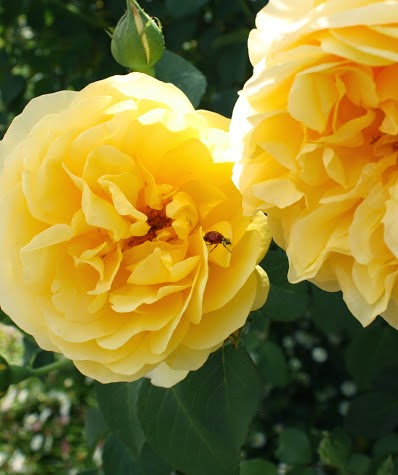This fast spreading plant,
sometimes called “Bugle”, has much to recommend it. It can take more foot
traffic than most ground covers and is hardy to Zone 4. Once it is established,
the rosettes of foliage form mats on the ground that keep weeds to a minimum.
Ajuga is handsome the leaves are a rich dark green that turns to bronze in
fall, and they last long past frost.
You know, in Zones 8 to 10 the
plant is ever green. Some varieties such as “Bronze Beauty” are bronze all
season. Others are variegated, such as “Burgundy Glow” which is marked with
white, purple and pink. In late spring the plants send up attractive spikes of
flowers about eight inches tall. Normally they’re an intense blue, but you can
also find white, purple and red varieties.
For some reason Ajuga tends to
appear, and then disappear, in lawns according to a secret program all its own.
A related species A. Pyramidalis, is beautiful but doesn’t have the spreading
habits. So question is how to grow Ajuga Reptans. It is recommended to grow
plant in sun or shade in any good decent garden soil, but make sure it is
well-drained. The plants normally spread by surface runners and can be easily
divided in spring for propagation.













